Dear fellow nerds, today I will introduce a new series of blog posts about my favorite manga (and occasionally manhwa or manhua). I would have loved to give you an extensive overview of how manga came to be. But I’d just do my research on Wikipedia, so if you’re interested, I suggest you do just that. If you like a better picture/text ratio, maybe try errrr… Google?
My first idea was to write a blog about my chronological journey through the many decades that manga has existed. But to review every single thing I read a few pages of, good or bad, would have taken me a couple of lifetimes. Also, I don’t feel like publicly criticizing everything I didn’t like, knowing that someone worked really hard on it. Instead, being the pseudo-connaisseur that I am, I will offer you these clickbait Top**’s lists, telling you what works I’ve enjoyed and recommend to you or at least deemed significant in the evolution of the medium. I start with the best manga of 1945-1950. Here we go!
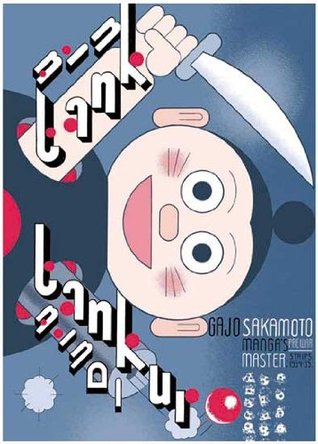
Wait, not yet. Firstly, for anyone interested, there is now a publication of Tank Tankuro, a popular and influential manga by Gajo Sakamoto that debuted in 1934. Considering the fame and success of robot-characters like Astro Boy and Doraemon, I’m sure the signifance of Tank Tankuro cannot be overstated. I have only read some preview pages, but for anyone with enough money to spend on their completionist habits, I’d definitely suggest buying a copy of this.
Okay! Here we go for real.
Best manga of 1945-1950, in chronological order
Maa-chan no Nikkichou – Osamu Tezuka, 1946

When you talk about the history of manga, there’s no way around Osamu Tezuka, the father of nearly every single manga genre. Maa-chan is an early 4-strip cartoon, featuring a pre-school boy in post-war Japan. I’d say the humor is consistently funny and the focus on children’s antics give it a timeless quality. Occasionally it delves into the realm of the absurd. The similarities with Peanuts or Calvin & Hobbes are striking. Fun fact: Tezuka was 17 when he published this.
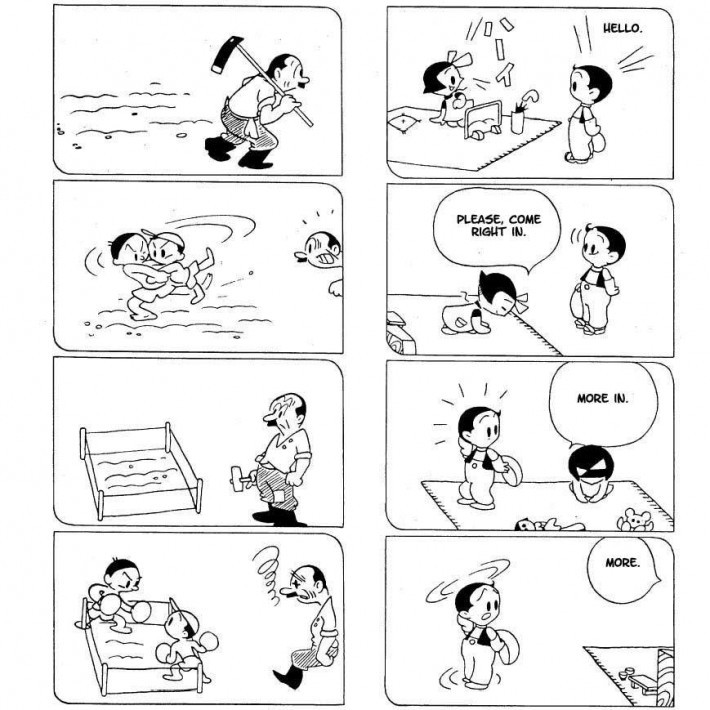
Sazae-san – Machiko Hasegawa, 1946-1974

I regret to say it’s almost impossible to find examples of Sazae-san, that was supposed to be immensely popular in Japan. The anime is apparently still running and is the longest running animated show in history. The art-style and physical comedy very much reminds me of the early Belgian comics I still read as a kid. Hasegawa, Japan’s first successful female artist, is often referred to as the Grandmother of manga. For a country dominated by men, it may be noteworthy to mention that a comic written by, for and about women, that is at times remarkably feminist, was so successful. For further and more nuanced reading, check out this post at the Anime Feminist. I understand there should be a bilingual, kind of encyclopedic publication somewhere. But I struggle to find more information about it.
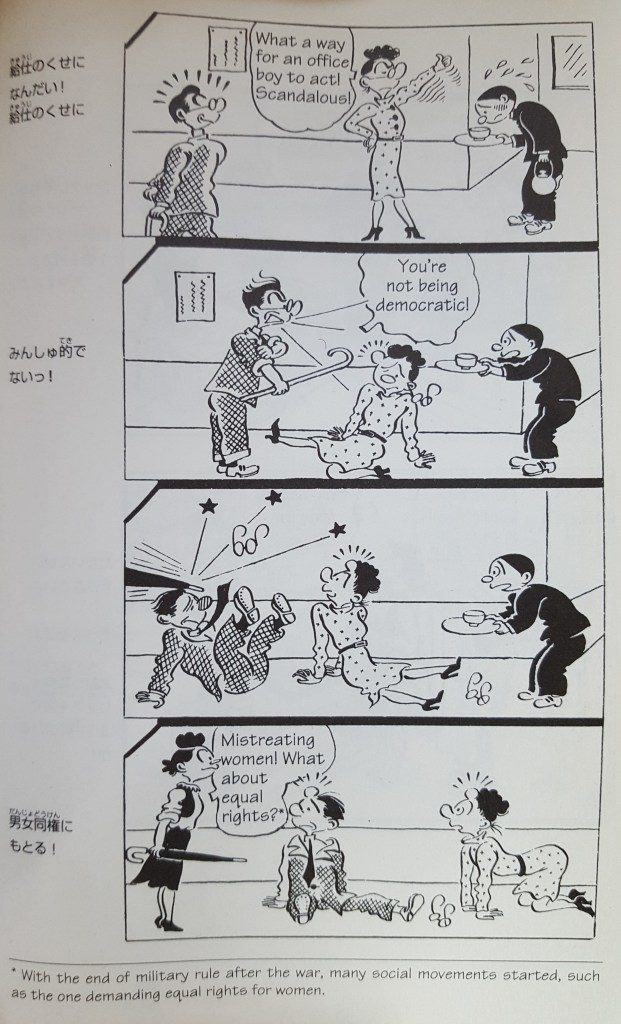
Shin Takarajima – Osamu Tezuka, 1946
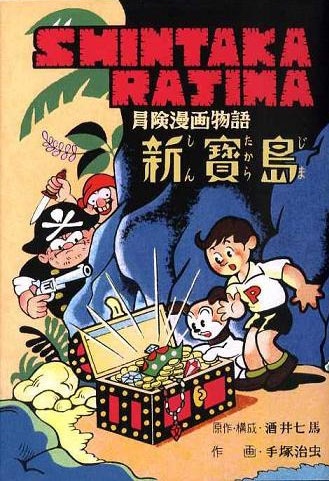
Now this is the earliest manga that really impressed me. At a time when Franco-Belgian comic artists were still attempting to draw in perspective or barely dipping their feet in a slightly cinematic style, Tezuka, age 19 (!) just went for it. The first 6 pages were completely without text. The panels read like a flip book where a boy almost races his car into a dog. The constantly changing perspective feels like a camera is twirling around the action, until we fly into the boy’s eye and suddenly see the action through his eyes.
I’m not sure I’m managing to properly honor the significance of this moment, but these first six pages, to me, illustrate why a good Japanese manga will always be better than a good American or European comic book. It’s the willingness and capability to tell a story through pictures alone, without resorting to words to explain a characters actions or emotions. The show-don’t-tell rule, I feel, is constantly violated in the comics we grew up with.
Coming back to comics after reading manga can be a real drag. One just needs to compare the first issues of The Spirit, produced just a few years before, by a true American master: Will Eisner, to Tezuka’s pages. Immediately the brilliance of Eisner just seems cluttered and overly wordy. (It’s an unfair comparison, I know, an adult crime comic to a children’s adventure manga, but whatever. Take Tintin, Spirou, Willy Vandersteen, I don’t care, you get the point.) The Japanese however, seem to have this in their cultural DNA, this focus on the visual aspect of things. To be able to guide the readers’ eyes to the right pencil lines. To nudge them to “read between the lines” and allow them to use their instincts and imagination to fill in the blanks. Japanese mangaka are the only ones that have ever truly made use of all the possibilities of the comic book format. And maybe Wendy Pini.
These qualities inherent to manga seem to just spill from Tezuka’s pen. Because of this, like so many more manga after this one, Shin Takarajima is a real page turner. You can just let your eyes quickly glide over the page, and you immediately know what’s going on, without even reading the words. Before you know it, you’re completely sucked into this wonderful adventure. Not only that, you can see Tezuka growing as an artist with every page. Unsurprisingly, Shin Takarajima was an overnight success and shot the manga medium into a Golden Age.
Some other Tezuka manga from this era can be found on the internet. If you’re curious to see the Godfather of Manga’s impressive early evolution, check out Lost World or Kenjuu Tenshi.
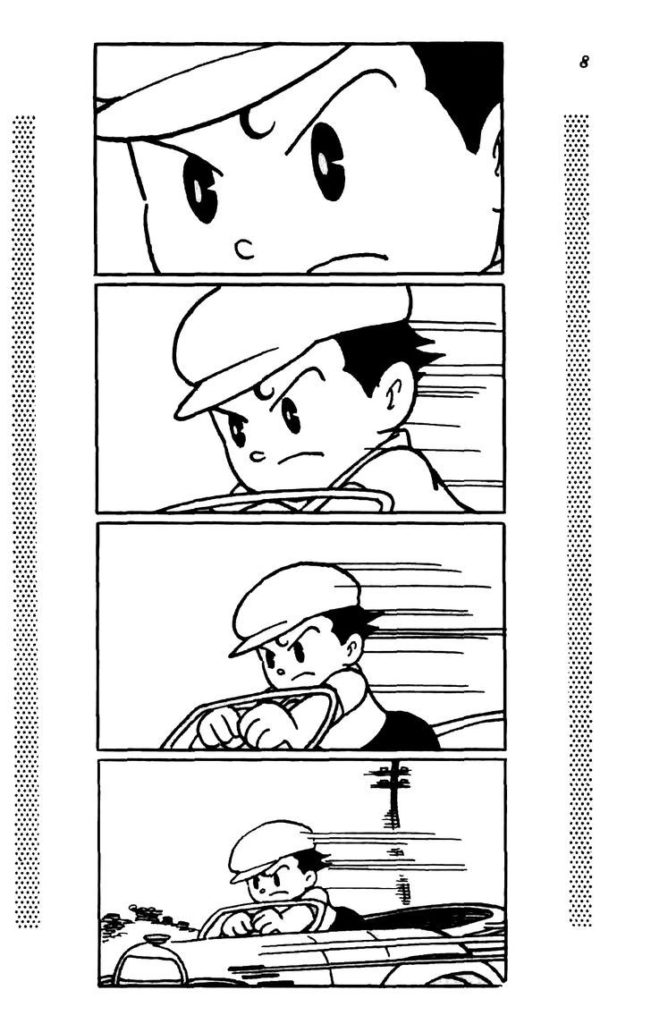
Metropolis – Osamu Tezuka, 1949
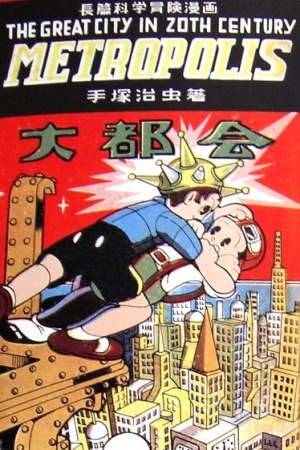
I just talked about disliking clutter in comics and here I am, including Metropolis in my list. Metropolis features the most cluttered first pages of a manga so far. However, after that he gets into a nice page turning rhythm after that. The main feats of Metropolis are the fact that Tezuka decided to create an large graphic novel of 150 pages and attempted to delve deeper into human nature in an epic futuristic sci-fi story. The character of Michi also became the prototype for both Astro Boy and Princess Knight.
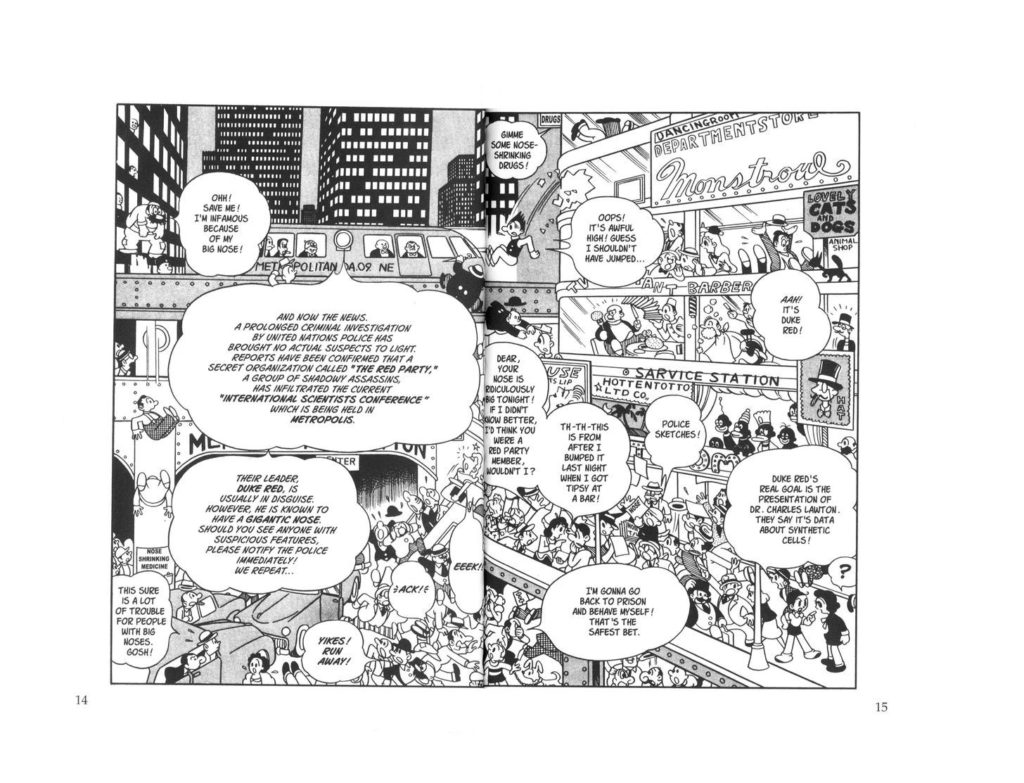
Jungle Taitei – Osamu Tezuka, 1950-1954
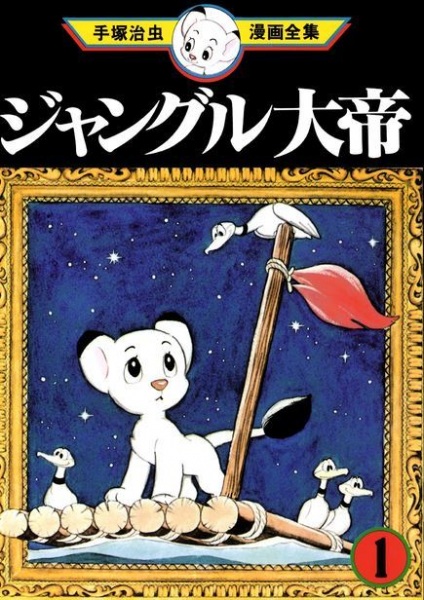
It is very likely these first couple of lists will become a showcase of Tezuka’s works. And rightly so. With Jungle Taitei, Tezuka created his first iconic character, Kimba, the white lion. Yes, it sounds like Simba, I know. No relation. This series is bit more easy on the eyes than Metropolis. In fact, it looks very Disney, with all the cute animals. I must admit I wasn’t very tempted to keep reading it, having only found 7 of 23 chapters. But I can guarantee pure craftsmanship.
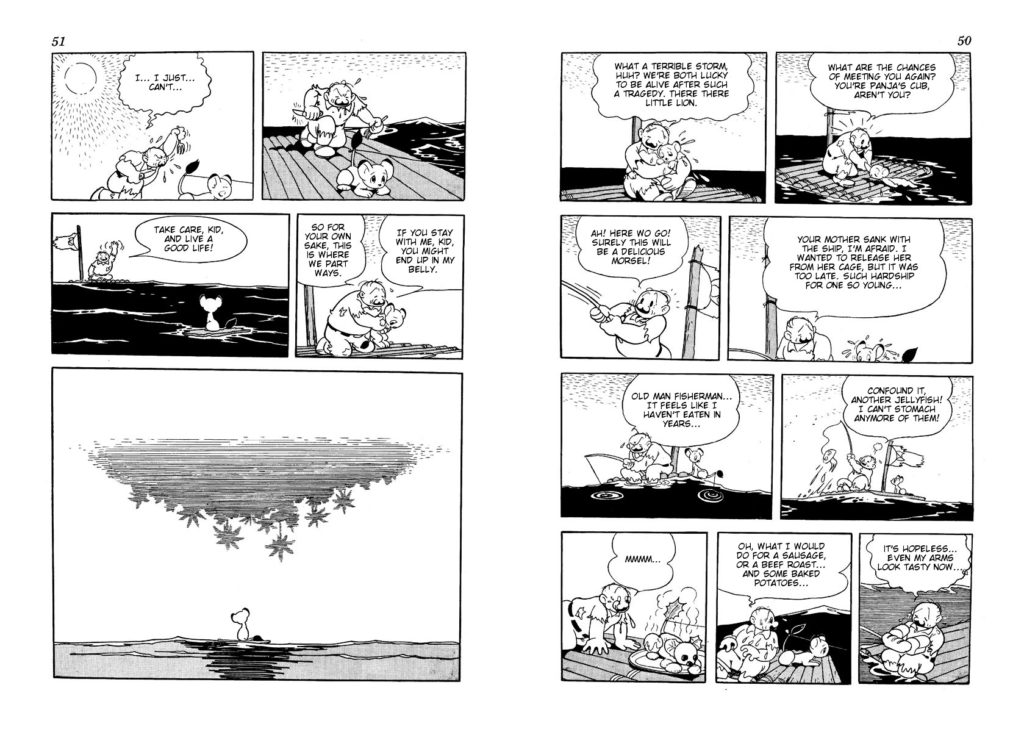
So there we go, my picks for the best manga of 1945-1950. Hopefully I’ll get back to you soon with a new list. Let me know if I missed your favorite 1940’s manga!
Next post:
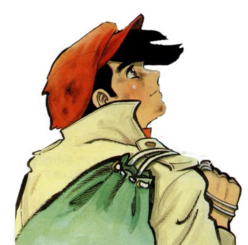
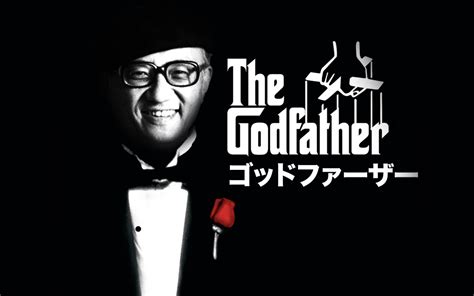
Man, I love that people like you exist. I’ve been trying to find some kind of chronological list of great manga to read for a while and I will be using your lists to help me decide what to read, thank you!
Thanks, glad to help! Sorry for the laste comment approval. If you like chronology, you’ve come to the right place, cuz I’m obsessed with it. Hoping to make more posts this summer.